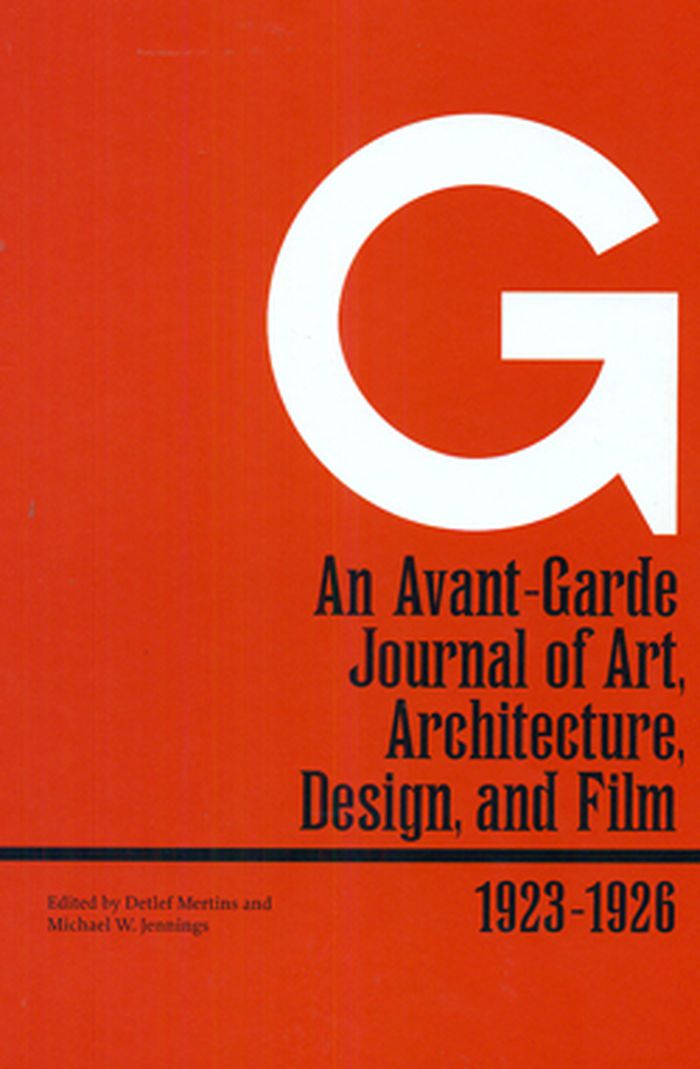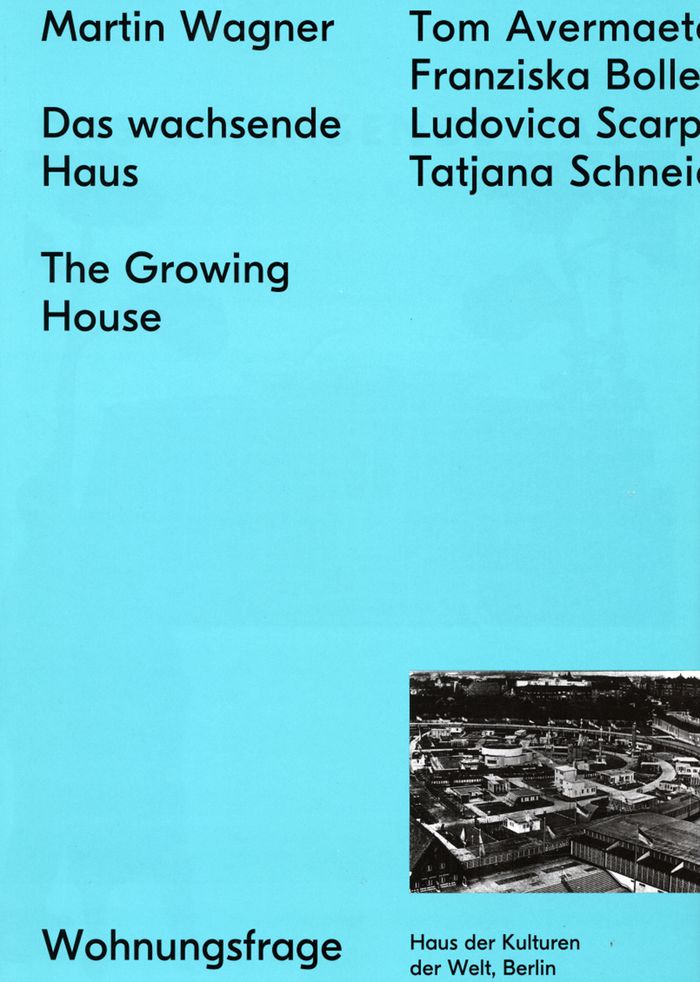$44.00
(available to order)
Summary:
First published in 1923, the journal G: Material zur Elementaren Gestaltung helped shape a new phase in the history of the European avant-garde. Founded by Hans Richter, a pioneer of abstract animated film, G featured works by some of the important names in the advanced cultures of Europe: Hans Arp, Walter Benjamin, Theo van Doesburg, Viking Eggeling, Naum Gabo, Werner(...)
G: An avant-garde journal of art, architecture, design, and film
Actions:
Price:
$44.00
(available to order)
Summary:
First published in 1923, the journal G: Material zur Elementaren Gestaltung helped shape a new phase in the history of the European avant-garde. Founded by Hans Richter, a pioneer of abstract animated film, G featured works by some of the important names in the advanced cultures of Europe: Hans Arp, Walter Benjamin, Theo van Doesburg, Viking Eggeling, Naum Gabo, Werner Graeff, George Grosz, Hugo Häring, Raoul Hausmann, Ludwig Hilberseimer, Frederick Kiesler, El Lissitzky, Ludwig Mies van der Rohe, Antoine Pevsner, Man Ray, and Tristan Tzara. This edition, the first in English translation, preserves the original design by Lissitzky, Richter, and Graeff, and includes essays that explore the role of the journal in its time and in relation to contemporary culture.
Critical Theory
$95.00
(available to order)
Summary:
A radical pioneer of Bauhaus textile design, Otti Berger created fabrics that fundamentally changed the understanding of what textiles could be and do. A core member of the textile faculty at the Bauhaus alongside Anni Albers and Gunta Stölzl, Berger also was an entrepreneur in the frenzied culture of early 1930s Berlin. Working closely with architects of the New(...)
Otti Berger: Weaving for modernist architecture
Actions:
Price:
$95.00
(available to order)
Summary:
A radical pioneer of Bauhaus textile design, Otti Berger created fabrics that fundamentally changed the understanding of what textiles could be and do. A core member of the textile faculty at the Bauhaus alongside Anni Albers and Gunta Stölzl, Berger also was an entrepreneur in the frenzied culture of early 1930s Berlin. Working closely with architects of the New Objectivity movement such as Lilly Reich, Ludwig Hilberseimer and Hans Scharoun, she designed upholstery, wall fabrics, curtains and floor coverings that explored novel production methods, and thereby redefined the relationship between aesthetics and function.
Design Monographs
$60.00
(available to order)
Summary:
In 1931, in response to the Great Depression and subsequent collapse of the building industry, Martin Wagner (1885–1957), then head of planning for Berlin, formulated plans for an adaptable micro-house called “the growing house.” Working with Egon Eiermann, Walter Gropius, Ludwig Hilberseimer, Erich Mendelssohn, Hans Poelzig and Hans Scharoun, the growing house was(...)
Collective Housing
June 2016
Martin Wagner: the Growing House / Das wachsende Haus
Actions:
Price:
$60.00
(available to order)
Summary:
In 1931, in response to the Great Depression and subsequent collapse of the building industry, Martin Wagner (1885–1957), then head of planning for Berlin, formulated plans for an adaptable micro-house called “the growing house.” Working with Egon Eiermann, Walter Gropius, Ludwig Hilberseimer, Erich Mendelssohn, Hans Poelzig and Hans Scharoun, the growing house was designed to be modified with the changing socioeconomic circumstances of its inhabitants, providing only what was necessary and expedient. Wagner’s coruscating foreword outlining his proposals for a new social, technical and economic fabric shifting the dwelling to the center of the world is published here for the first time. Historical and contemporary black-and-white and color illustrations, drawings, plans and photographs of the prototype are accompanied by commentary from Franziska Bollerey, Ludovica Scarpa, Tom Avermaete and Tatjana Schneider, demonstrating that the growing house is as relevant today as it was 100 years ago.
Collective Housing


